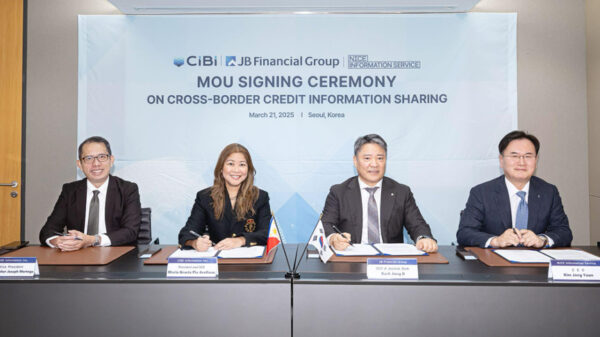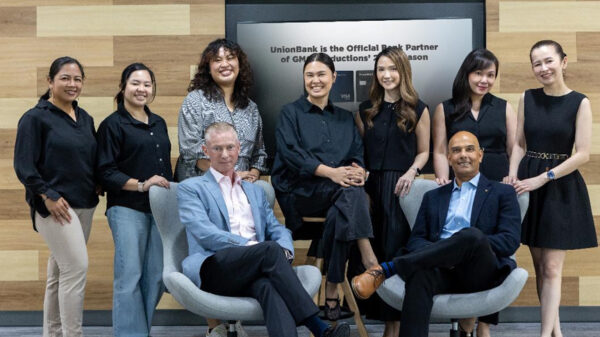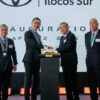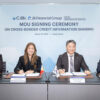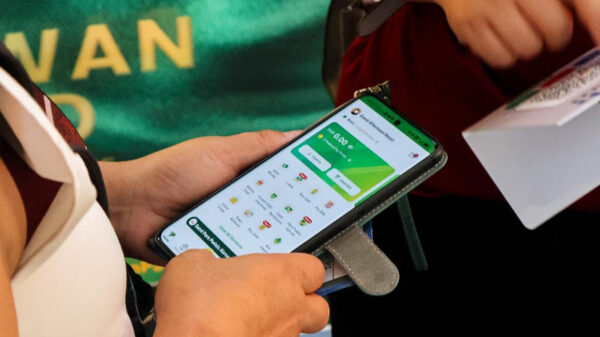Navigating a hybrid work environment with your team can be challenging. To address this, Dell Technologies shared insights from its paper entitled “Leading the Next Hybrid Workforce” to help organizations in Asia Pacific and Japan on how effectively lead their team while working in a hybrid workplace.
The paper investigates the role of organizations in designing a hybrid work future and captures actionable insights and recommendations from experts. It also offers insights to complement and build on the findings outline in the Dell Technologies Remote Work Readiness (RWR) Index which was launched last year.
“With work today no longer anchored to a single place and moment in time, organizations must focus on outcomes and be ready to help their employees realize both their professional and personal roles effectively regardless of where they work,” said Jean-Guillaume Pons, senior vice president and general manager, Client Solutions Group, Asia Pacific, Japan and Greater China at Dell Technologies.
Pons adds that while eight in 10 employees across APJ expressed readiness for long-term remote work, there are still a number of factors that need to be addressed. As we move into the future of work, we hope these insights and learnings can help organizations shape a hybrid, ready-for-anything workforce in line with their business needs.
The insight paper outlines three key imperatives that organizations must prioritize as they lay the foundation for a successful and sustainable hybrid work arrangement and these are: Leadership, Structure, and Culture.
In today’s world of hybrid workforce, the call for organizations to lead with empathy and intent is more important than ever. Leaders must have a defining role to play in assembling the building blocks of a hybrid work future. They have to establish fundamental and innovative changes in their organizations to move forward, yet demonstrate empathy and compassion towards the struggles their employees likely face – such as the lack of in-person communication, as well as blurred boundaries between professional and personal lives.
In addition, leaders must seek to establish trust with their employees and embrace an outcome-driven mindset to avoid falling into the trap of micromanagement.
The second imperative is that organizations must avoid a one-size-fits-all structure when it comes to designing a hybrid work model. Employers must understand their employees by learning more about their employees’ preferences and needs to help them succeed in a remote work environment.
It is recommended to have a more open communication between employers and employees, and emphasized the need to find a balance between flexible working and regularity – in the form of dedicated time for team meetings, etc. – to preserve culture and social interaction.
The third imperative is the call for more deliberate efforts towards culture-building and learning and development to preserve and spark creativity, innovation and collaboration. There is a need to rethink employee engagement and make learning a part of engagement. The budget planning for effective team engagement and ideation is also important.
One suggestion is for employers to redirect their budget saved from daily office expenses and re-invest in dedicated and regular activities for social engagement among employees, such as team lunches or interactive training sessions. This helps create more opportunities for an organic exchange of ideas as well as the chance to foster trust and stronger working relationships between team members.

